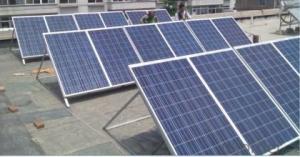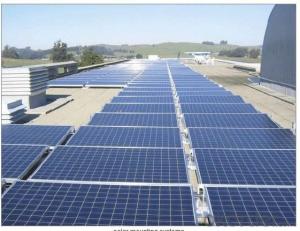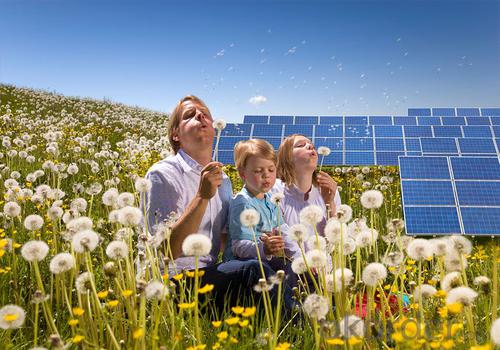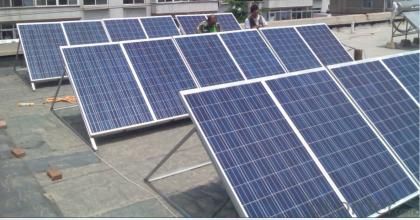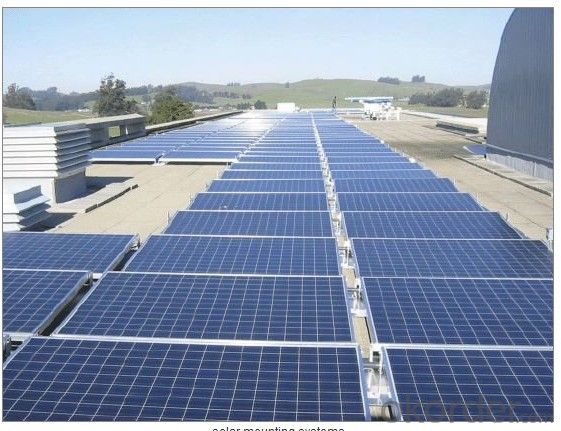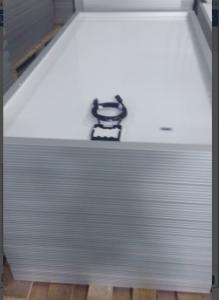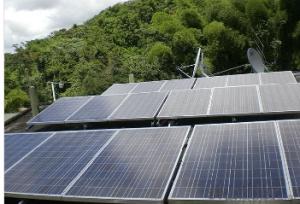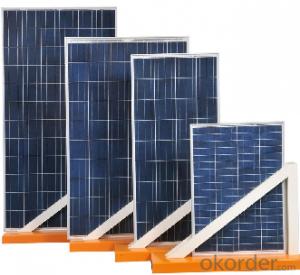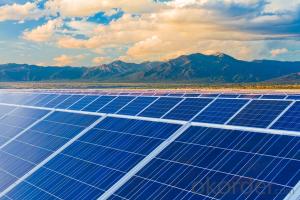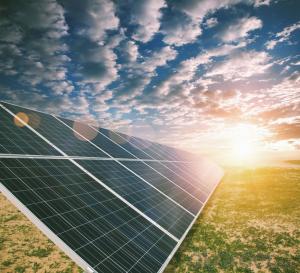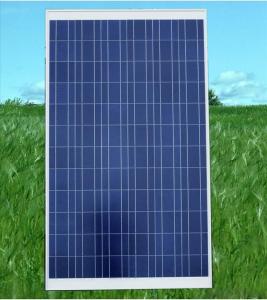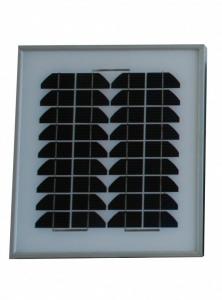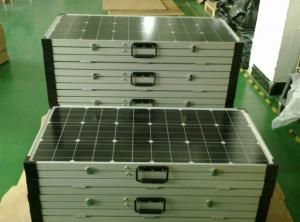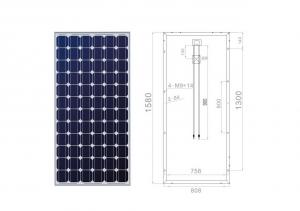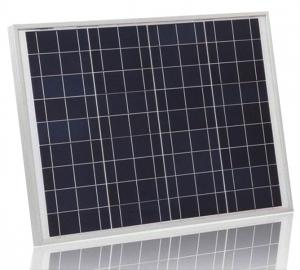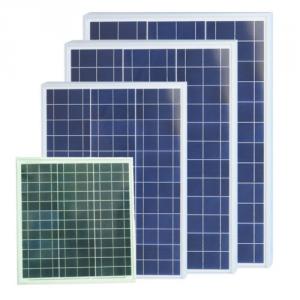CRM305S156P-72 Poly Crystalline Solar Panels for Commercial Use
- Loading Port:
- China main port
- Payment Terms:
- TT OR LC
- Min Order Qty:
- 100000 watt
- Supply Capability:
- 1000000 watt/month
OKorder Service Pledge
OKorder Financial Service
You Might Also Like
Specification
About us
CNBM International Corp, established in 2004, is the business entity for trade and logistic of CNBM Group.With the advantages in Cement, Composite Materials, New Building Materials and Engineering, CNBM mainly concentrate on coal, steel and construction equipments and give priority to solar and wind energy development.CNBM International is highly recognized by its business partners and clients all over the world and has established good business relationship with the customers in over 120 countries and regions all over the world.
Solar cell module production process
Line called packaging line components, packaging is the production of solar cells a key step in the packaging process without a good, multi-well battery is also not a good component of production boards. Battery package not only the battery life is guaranteed, but also to enhance the combat strength of the battery. Product quality and high service life is to win can be the key to customer satisfaction, so the quality of components of the package board is very important.
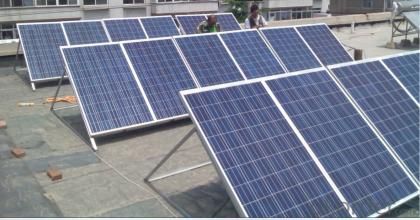
FAQ:
1. How long will my inquiry get response?
Your inquiry related to our products or prices will be replied within 24 hours.
2. Can I get professional service and suggestion?
Well-trained and experienced staffs to answer all your questions in fluent English.
3. Do you accept OEM or customized design?
OEM & ODM, any your customized lightings we can help you to design and put into product.
4. What if I need specific design?
Distributorship are offered for your unique design and some our current models.
- Q: How do solar panels affect the power grid?
- Solar panels can have both positive and negative impacts on the power grid. On the positive side, solar panels generate clean and renewable energy, reducing the reliance on fossil fuels and decreasing greenhouse gas emissions. They can also help to decentralize the power grid by producing electricity closer to where it is consumed, reducing transmission losses. However, the intermittent nature of solar power can pose challenges to grid stability and reliability, as energy generation fluctuates with weather conditions. Additionally, the excess electricity generated by solar panels at certain times can strain the grid if not properly managed. Overall, while solar panels offer significant environmental benefits, their integration into the power grid requires careful planning and management.
- Q: Are there any limitations to the lifespan of solar panels?
- Yes, there are limitations to the lifespan of solar panels. While most solar panels are designed to last for several decades, their efficiency gradually decreases over time. Factors such as weather conditions, shading, and quality of materials can impact their lifespan. Additionally, some components, such as inverters, may need to be replaced after a certain period. However, with proper maintenance and regular inspections, the lifespan of solar panels can be maximized.
- Q: I jotted down some notes for my Technology and Architecture class and I'm trying to figure out what i meant when i said 'Treated with gases at extremely high temperatures.' I have NO idea what I was talking about :) Im trying to figure out if what I am talking about is about Silicon, Polychristaline, or a Solar Cell/Panel.
- Some steps in making semiconductors use gases at very high temps, and solar cells might.
- Q: How do solar panels connect to the electrical grid?
- Solar panels connect to the electrical grid through an inverter, which converts the direct current (DC) produced by the panels into alternating current (AC) that can be used by homes and businesses. The inverter is then connected to the electrical grid, allowing any excess electricity generated by the solar panels to be fed back into the grid and used by other consumers.
- Q: How do solar panels affect insurance rates?
- Solar panels can potentially affect insurance rates in two ways. First, installing solar panels can increase the value of a property, consequently leading to higher insurance premiums to ensure adequate coverage for the increased value. Secondly, solar panels can be considered an additional risk factor due to potential damage or liability concerns associated with their installation or operation, which may also result in higher insurance rates. However, the extent of these impacts may vary depending on the insurance provider and specific circumstances.
- Q: Can solar panels be installed on train stations?
- Yes, solar panels can be installed on train stations. In fact, many train stations around the world are adopting solar energy systems to power their operations and reduce their carbon footprint. Solar panels are installed on the roofs or canopies of train stations to harness sunlight and generate electricity, which can be used for lighting, heating, cooling, and other station facilities. This renewable energy source makes train stations more sustainable and helps in the transition towards a greener transportation system.
- Q: Can solar panels be installed on a data storage facility or server farm?
- Yes, solar panels can be installed on a data storage facility or server farm. It is a viable option to harness renewable energy and reduce the carbon footprint of these energy-intensive operations.
- Q: Is it good? ( solar energy)
- Solar panel is one of the best sources nowadays to generate electric energy using the sun rays that comes from the sun. But, this set can be so hard to find and it’s very expensive to buy.
- Q: Im doing this project on Solar panels and im not so sure what they are!some questions i have are who invented them and what were they invented? If u could know anything on Solar Panels i would love to hear it. Thanks!!!!!!!!!!!!!!!!!!!!!
- Solar Power. There is no denying it, solar power works. Not only is it energy efficient, it is also safe and extremely clean. Whether it may be for a home, business or a community, there are no limits to the energy that the best solar panels are able to offer.It is a guarantee that once this medium is applied, you would easily slash your greenhouse gas emissions and electricity bill.
Send your message to us
CRM305S156P-72 Poly Crystalline Solar Panels for Commercial Use
- Loading Port:
- China main port
- Payment Terms:
- TT OR LC
- Min Order Qty:
- 100000 watt
- Supply Capability:
- 1000000 watt/month
OKorder Service Pledge
OKorder Financial Service
Similar products
Hot products
Hot Searches
Related keywords

